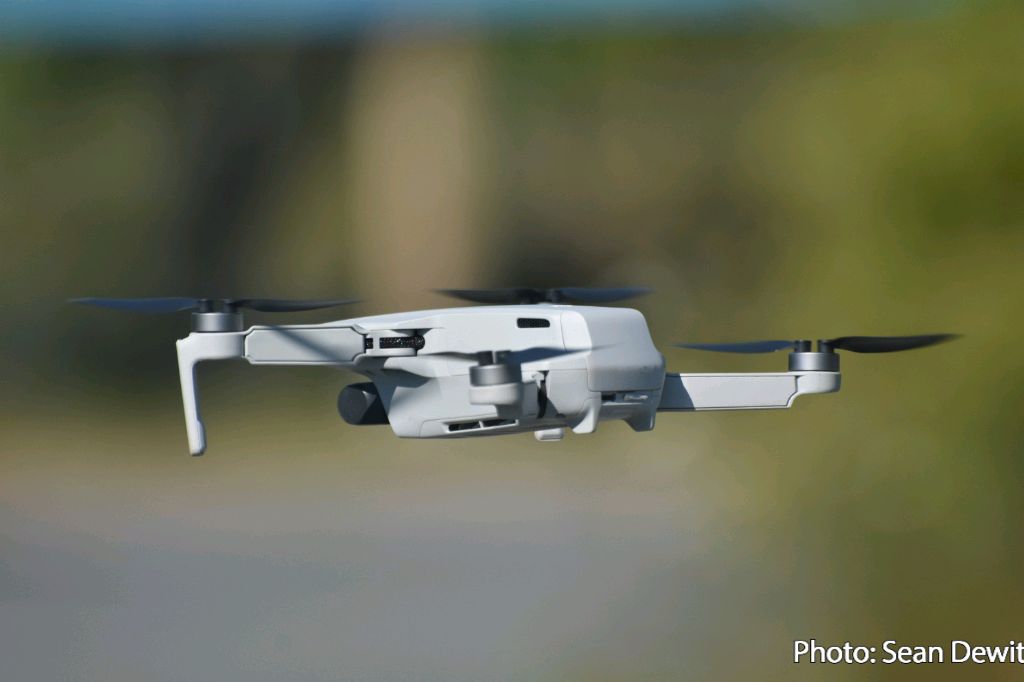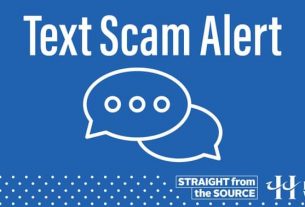**** Transport Canada Release
Rules for drones in Canada
These rules came into effect on June 1, 2019

Drones are aircraft—which makes you a pilot. When you fly your drone, you’re sharing the skies with other drones and aircraft. Before you fly, understand the rules you must follow and review our safety tips.
Legal requirements when flying drones
Drone pilots must follow the rules in the Canadian Aviation Regulations (CARs). Part IX – Remotely Piloted Aircraft Systems contains most of the rules that apply to drones up to 25 kilograms. You should read these regulations in full before you fly your drone for the first time.
Drone pilots must carry a valid drone pilot certificate and only fly drones that are marked and registered. If you are flying a drone that is less than 250 grams, you do not need to register the drone or get a drone pilot certificate.
Members of the Model Aeronautics Association of Canada (MAAC) may be exempt from Part IX of the Canadian Aviation Regulations if they meet the conditions set out in Exemption NCR-011-2019.
Prohibition — Emergency Security Perimeter
901.12 (1) No pilot shall operate a remotely piloted aircraft over or within the security perimeter established by a public authority in response to an emergency.
Respect all other laws
You must respect all other laws when flying your drone. We encourage you to read the following documents before you fly for the first time:
- Relevant sections of the Criminal Code, including Offences against Air or Maritime Safety, Breaking and Entering, and Mischief
- your province’s trespass act
- laws related to voyeurism and privacy
You must respect the privacy rights of others when you fly.
We investigate reports of unsafe flying. We may involve local police if you break other laws.

Fly your drone safely
It’s important that you fly your drone responsibly to avoid harming others. Here are the rules you need to follow.
Who can fly
You need a drone pilot licence to fly drones that weigh 250 grams (g) up to and including 25 kilograms (kg).
You need to be 14 years old to get a basic license and 16 years old to get an advanced license. Children younger than 14 must be supervised by someone with a license. This includes clubs, camps and other youth groups.
Before you fly
- Understand your legal requirements when flying drones
- Understand the difference between basic operations and advanced operations
- Get the necessary knowledge requirements
- Get a drone pilot certificate
- Choose the right drone if you want to perform advanced operations
- Register your drone
- Follow your drone manufacturer’s instructions
- Survey the area where you will fly
- Take note of any obstacles, such as buildings and power lines
- Advanced operations only – to operate in controlled airspace (Classes C, D or E) you need to ask NAV CANADA for an RPAS Flight Authorization
While flying
To keep yourself and others safe, fly your drone:
- where you can see it at all times
- below 122 metres (400 feet) in the air
- away from bystanders, at a minimum horizontal distance of 30 metres for basic operations
- away from emergency operations and advertised events
- Avoid forest fires, outdoor concerts and parades
- away from airports and heliports
- 5.6 kilometres (3 nautical miles) from airports
- 1.9 kilometres (1 nautical mile) from heliports
- outside controlled airspace (for basic operations only)
- far away from other aircraft
- Don’t fly anywhere near airplanes, helicopters and other drones
Penalties
You could face serious penalties, including fines and/or jail time, if you break the rules.
Fines for individuals
- up to $1,000 for flying without a drone pilot certificate
- up to $1,000 for flying unregistered or unmarked drones
- up to $1,000 for flying where you are not allowed
- up to $3,000 for putting aircraft and people at risk
Fines for corporations
- up to $5,000 for flying without a drone pilot certificate
- up to $5,000 for flying unregistered or unmarked drones
- up to $5,000 for flying where you are not allowed
- up to $15,000 for putting aircraft and people at risk
If you break more than one rule, you could receive multiple penalties.
Tips for first-time pilots
- Make sure it is safe to fly (ask yourself, for example: are the batteries fully charged? Is it too cold or windy to fly?)
- Fly your drone with someone who has flown a drone before
- Fly your drone in an open space and away from people
- Fly your drone close to the ground and at a low speed
- Fly your drone during daylight and in good weather
Public liability insurance
We recommend buying public liability insurance for your drone. However, it is not required. Note that most standard home insurance policies do not cover the use of drones.
Useful terms to know
Drone and Remotely Piloted Aircraft System (RPAS)
We use the term “drone” on these pages to refer to any type of Remotely Piloted Aircraft System (RPAS). There are a number of different terms for this technology. In Part IX of the Canadian Aviation Regulations, we use the term Remotely Piloted Aircraft Systems to align with our international partners.
Visual-line-of-sight (VLOS)
Visual-line-of-sight means keeping your device in sight at all times without visual aid (for example, binoculars or video feed). This means not flying into clouds or fog, or behind trees, buildings or other (even partial) obstructions.
Bystander
Bystander refers to anyone that is not directly associated with the operation. Among others, this excludes the pilot and crew.
Overview of the rules
The rules apply to Remotely Piloted Aircraft Systems (RPAS), or “drones,” that:
- weigh 250 grams (g) up to and including 25 kilograms (kg), and
- are operated within the drone pilot’s visual-line-of-sight
The rules introduce two categories of drones operations : basic and advanced. The categories are based on distance from bystanders and on airspace rules.
Pilot certificates, knowledge tests, and flight reviews
All pilots of drones that weigh between 250 g and 25 kg must get a drone pilot certificate.
Pilots conducting basic operations need a Pilot Certificate – Basic Operations.
Pilots conducting advanced operations need a Pilot Certificate – Advanced Operations. To get this certificate, they must pass the Small Advanced Exam and an in-person flight review. The flight review will assess a pilot’s ability to operate their drone safely.
Registration
All drones that weigh between 250 g and 25 kg must be registered with Transport Canada. Pilots must mark their drones with their registration number before they fly.
RPAS Safety Assurance
The RPAS Safety Assurance tells users the safety limits of the drone they are using. Pilots must operate their drone within the limits outlined in the RPAS Safety Assurance that its manufacturer declared to Transport Canada. An RPAS Safety Assurance is needed to conduct advanced operations.
Regulations Amending the Canadian Aviation Regulations (Remotely Piloted Aircraft Systems): SOR/2019-11
http://www.gazette.gc.ca/rp-pr/p2/2019/2019-01-09/html/sor-dors11-eng.html



